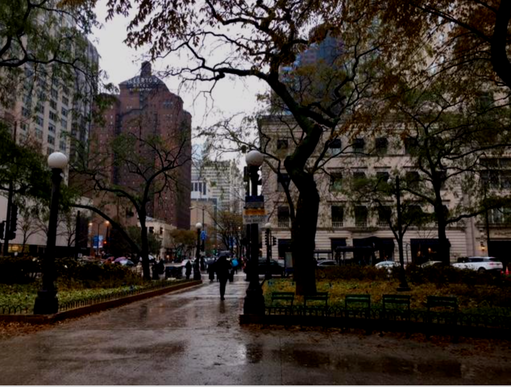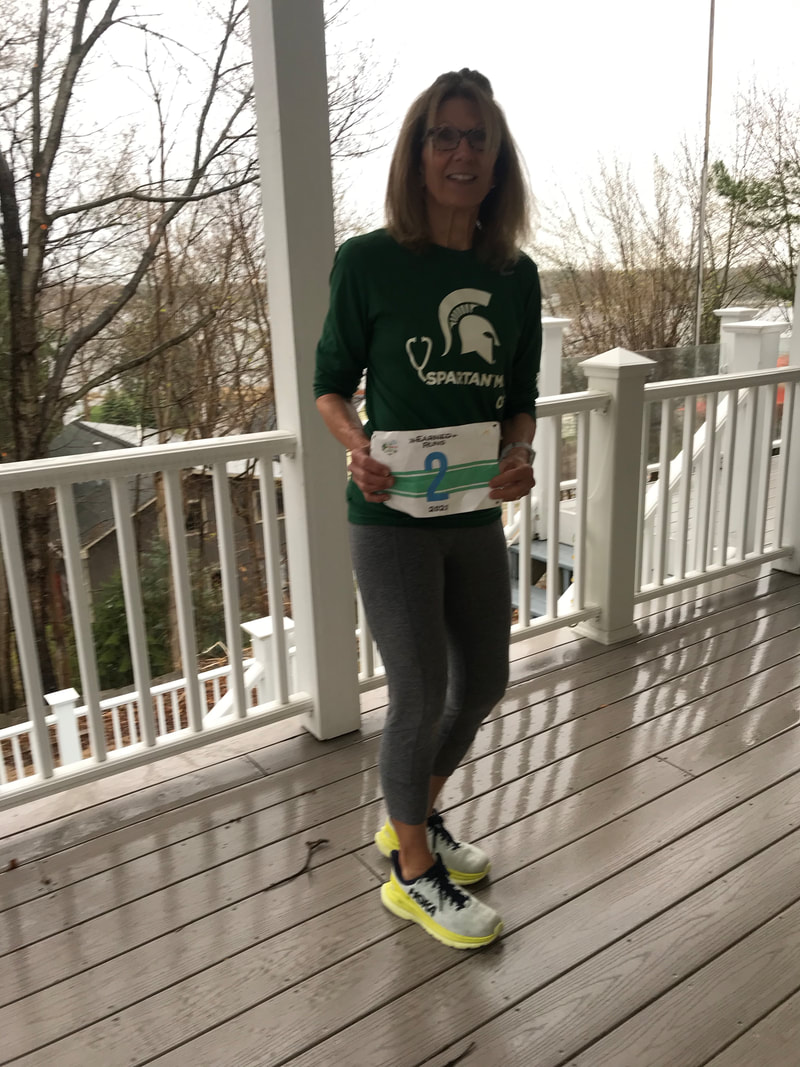BLOG
|
|
YOU MAY HAVE AWOKEN EARLY TODAY TO RUN, WALK, OR WORKOUT then headed to work, the grocery store, or mall to prepare for Thanksgiving weekend. Or perhaps your run, walk, or fitness session is planned for the later in the day. RunnersWorld.com featured an article that might help keep you going every day of the upcoming, pre-holiday week.
The ‘coffee nap’, as explained by Isadora Baum in her article for Men’s Health “Coffee Naps Are the Energy-Boosting Hack You Didn’t Know You Needed”, seems perfect for dreary fall days. There’s so much to be done in advance of special celebrations it seems. However, with the sun hanging lower in the sky and the decreased chance it will make an appearance during the hours most are outdoors, there’s may not be enthusiasm for the extra effort of exercise during the holiday rush season. Baum explains that the driving research on which this delightful ‘hack’ is based is 20 years old. That the results are old doesn’t make them more or less relevant today, especially if there’s little potential for harm in a personal trial. The instructions are to drink (or eat) a caffeinated beverage (or food) then snooze for 15-20 minutes in mid-afternoon. Don’t try it near bedtime. Keep the total amount of caffeine consumed not more than 400mg per day. That’s all there is to this 'hack'. Baum explains how the timing is key to experiencing the physiological boost. For those who have the luxury of taking afternoon breaks and can find a quiet place to nap, it might be worth a try. For those who don’t, even closing the eyes and clearing the mind after a caffeinated treat seems to be sufficient, as the research abstract reports, “Naps comprising ‘nonsleep dozing’ were still effective.” Possibly afternoon tea + nap, for my Irish friends, might also be delightfully effective, if the caffeine levels are as high. Thanks go to Baum for bringing this research to our attention! RUN HAPPY! https://www.runnersworld.com/sleep/coffee-naps-energy-boosting-hack “Suppression of sleepiness in drivers: combination of caffeine with a short nap.” Reiner LA, Home JA, Psychophysiology. 1997. https://www.ncbi.nlm.nih.gov/m/pubmed/9401427 SCIENTIFIC STUDY NOTE: The UK research study involved measuring sleepiness in 12 (6 men and 6 women) subjects after a “2 hr continuous monotonous afternoon drive in a car simulator”. Subjects were about 23 years old, and did not usually take afternoon naps. To begin with, subjects were initially made “sleepy” (as measured) by a 30 minute “tedious” drive in the car simulator. Next, they were given a decaffeinated coffee beverage at the beginning of a 30-minute break. After the break, they all took the longer 2-hour drive in the simulator. One group consumed decaf to which 200mg caffeine was added and took a less than 15-minute nap while sitting in a driving seat (caffeine + nap). Another group also consumed the decaf + 200mg caffeine beverage but did NOT NAP (caffeine only). A placebo group drank the decaffeinated beverage WITHOUT ADDED CAFFEINE and did NOT NAP. During driving, sleepiness was subjectively recorded every 200 seconds on a 1-9 scale (very alert to very sleepy) and objectively measured by EEG. In addition, the simulator created situations in which the driver had to adjust to road changes while staying in a designated lane. Incidents in which there was “drifting” out of the lane were recorded. The abstract indicated that compared with the placebo (no caffeine/no nap), caffeine alone reduced the peak of afternoon sleepiness in research subjects to 34%, while the caffeine + nap combination “eliminated” the peak and brought sleepiness down to a level of 9%. There are more results, of course, but this is the takeaway message the scientists wanted to provide.
0 Comments
Your comment will be posted after it is approved.
Leave a Reply. |
BRIDGE TO PHYSICAL SELF
Running, walking, and fitness activities enable us to experience our physical selves in a world mostly accessed through use of fingers on a mobile device. AuthorEARNED RUNS is edited and authored by me, runner and founder. In 1978 I began participating in 10K road races before 5Ks were common. I've been a dietitian, practiced and taught clinical pathology, and been involved with research that utilized pathology. I am fascinated with understanding the origins of disease as well as health and longevity. Archives
November 2023
CategoriesNew! Search Box
Earned Runs is now searchable! Check it out...
|


 RSS Feed
RSS Feed